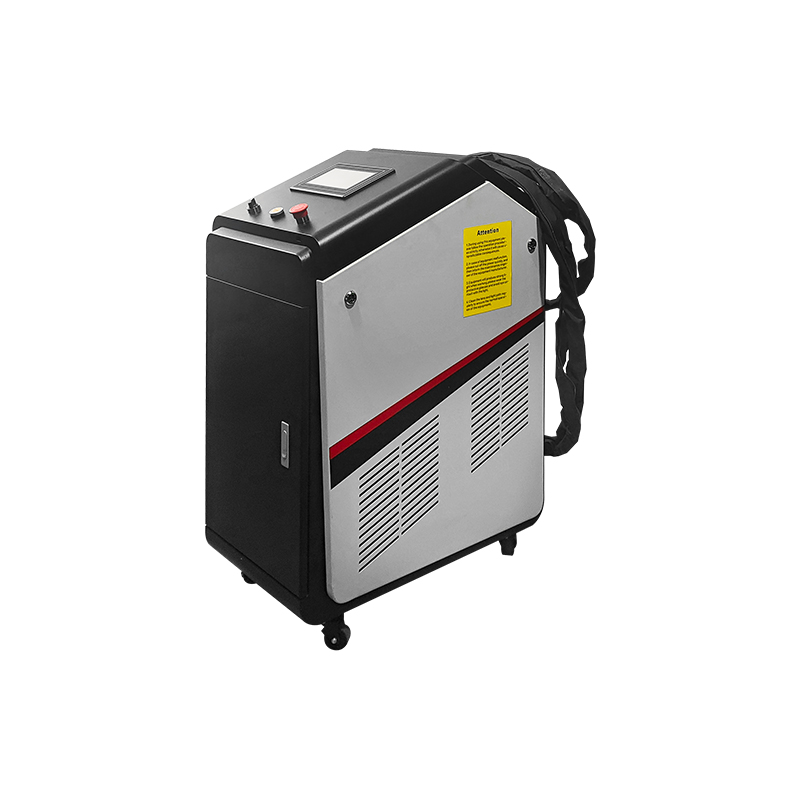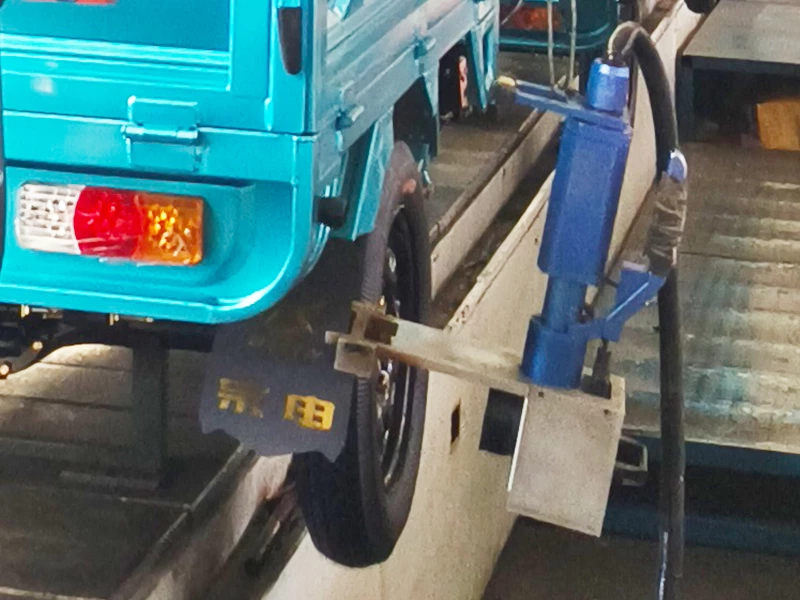Pulse vs. Continuous Laser Cleaning: Which is Right for You?
Laser cleaning has emerged as a powerful and versatile technique for removing a wide range of contaminants from various surfaces. This technology leverages the energy of laser beams to effectively clean intricate components, delicate surfaces, and even large industrial equipment. Within the realm of laser cleaning, two primary approaches stand out: pulse laser cleaning and continuous laser cleaning.
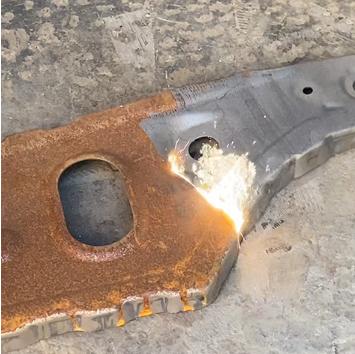
What are Pulse and Continuous Laser Cleaning Machines?
Pulse Laser Cleaning Machines: These machines utilize short, high-energy laser pulses to ablate contaminants from the surface. The pulses are typically generated by solid-state lasers, such as Nd:YAG or fiber lasers. The short duration of these pulses minimizes heat transfer to the underlying substrate, making them ideal for delicate materials.
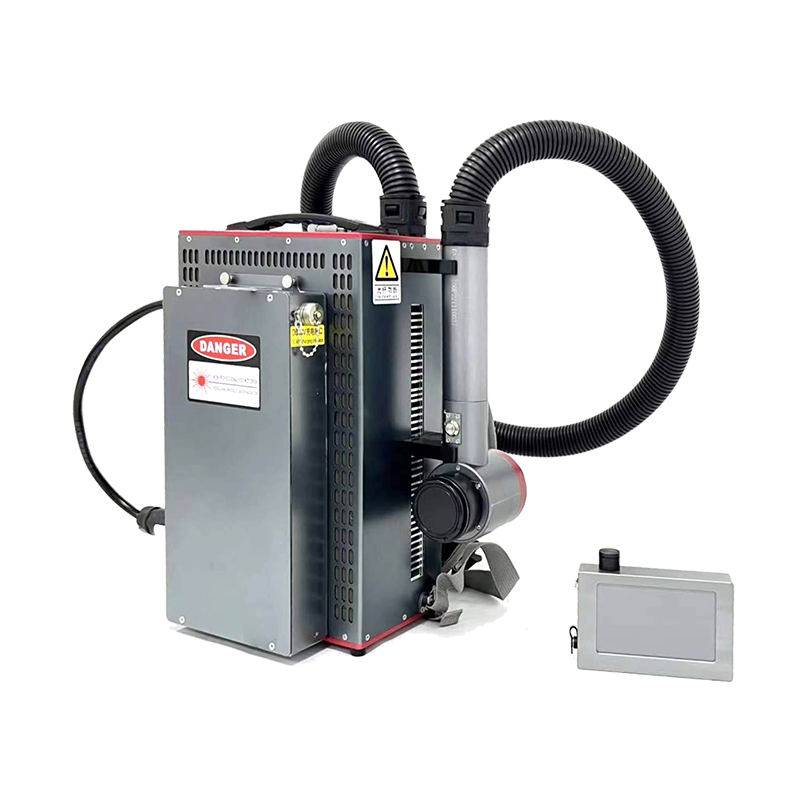
Continuous Laser Cleaning Machines: These machines employ a continuous laser beam to heat and remove contaminants through thermal processes. The continuous nature of the beam allows for efficient cleaning of larger areas and can be achieved using various laser sources, including CO2 lasers and some fiber lasers.
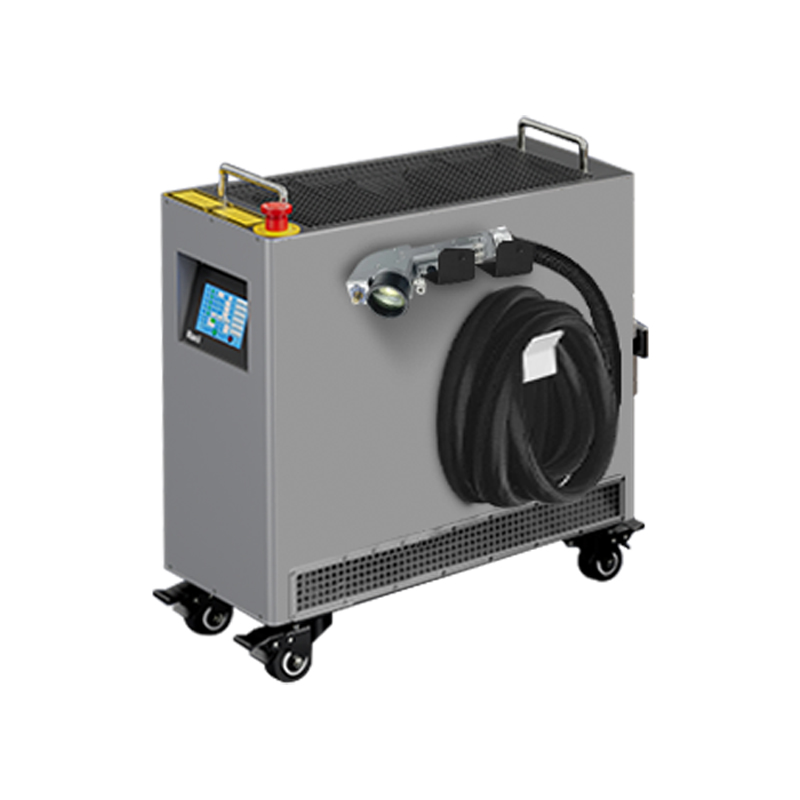
Differences Between Continuous and Pulse Laser Cleaning
There are some differences between continuous laser cleaning machines and pulsed laser cleaning machines. The most significant difference is that continuous cleaning machines are more suitable for long-term, continuous cleaning tasks, while pulsed cleaning machines are designed for short-term cleaning tasks that require high-efficiency removal of contaminants.
Operational Principle Differences:
- Pulse: Operates by delivering short, intense bursts of energy that cause rapid material removal through ablation. This process involves the rapid vaporization and ejection of contaminants.
- Continuous: Operates by heating the surface and causing the contaminants to expand, crack, and eventually detach. This can also involve melting or vaporization of the contaminants.
Application Scenario Differences:
Pulse cleaning machines:
Pulse cleaning machines employ intense pulsed laser beams to rapidly remove surface contaminants and deposits. The working principle involves the instantaneous release of laser power to rapidly heat and even vaporize surface attachments, achieving the cleaning effect. Pulse cleaning machines offer faster cleaning speeds and are suitable for tasks requiring quick and efficient cleaning.
- Delicate materials like glass, ceramics, and plastics
- Cleaning intricate geometries and delicate surfaces
- Applications requiring high precision and minimal heat-affected zones
- Removing thin or layered contaminants
- Archaeological artifact cleaning and restoration
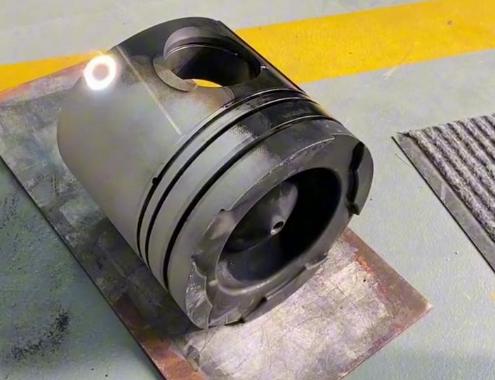
Continuous Laser Cleaning Machines:
Continuous laser cleaning machines are ideal for applications demanding sustained cleaning. These machines utilize a laser beam to effectively remove residual dirt and particles from surfaces, ensuring consistent results over extended periods.
- Removing heavy contaminants like paint, rust, and scale from large surfaces
- Industrial applications such as cleaning molds, dies, and machinery
- Cleaning large areas quickly and efficiently
- Applications where higher throughput is required
Suitable Material Differences:
- Pulse: More suitable for materials sensitive to heat, such as plastics, polymers, and some metals.
- Continuous: Can be used on a wider range of materials, including metals, ceramics, and some plastics. However, it may cause more heat-affected zones on heat-sensitive materials.
Advantages and Disadvantages of Pulse and Continuous Laser Cleaning Machines
Advantages and Disadvantages of Pulse Laser Cleaning
- Advantages:
- High precision and minimal heat-affected zone
- Suitable for delicate materials and intricate geometries
- Can be used for a wide range of applications, including those requiring fine control and minimal damage
- Can be integrated with automated systems for increased efficiency (e.g., in conjunction with laser marking machines for combined marking and cleaning operations)
- Disadvantages:
- Typically higher initial investment cost compared to continuous systems
- Lower throughput for large-scale cleaning operations
- May require more complex system setup and operation
Advantages and Disadvantages of Continuous Laser Cleaning:
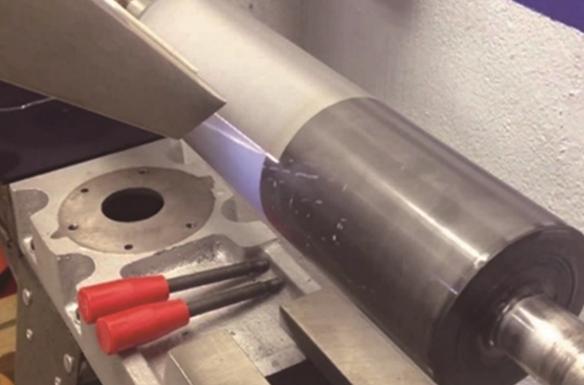
- Advantages:
- High throughput and cost-effectiveness for large-scale cleaning operations
- Suitable for removing heavy contaminants efficiently
- Relatively simple system setup and operation
- Disadvantages:
- Potential for higher heat-affected zones on heat-sensitive materials
- May not be suitable for delicate materials or intricate geometries
- Less precise control compared to pulse laser cleaning
Pulse vs. Continuous Laser Cleaning Machines: Which is Right for Your Needs?
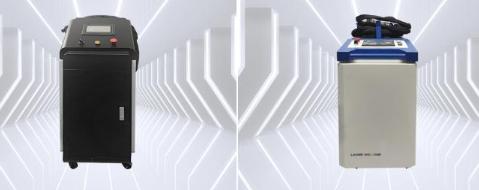
Selecting the appropriate laser cleaning method depends on several factors:
Cleaning Requirements
- Material properties: The surface characteristics and response to laser cleaning vary widely among different materials such as metals, plastics, and ceramics.
- Cleaning goals: Determine whether the objective is to remove surface contaminants like dirt, grease, coatings, or to address specific issues such as rust removal or oxide reduction.
- Surface geometry and complexity: Consider whether the surface has irregular shapes or requires precise cleaning control.
Laser Equipment Performance
- Power and energy density: Continuous-wave laser cleaning machines typically offer higher power output, making them suitable for large-area and rapid cleaning tasks. Pulse laser cleaning machines, on the other hand, can provide higher energy density, ideal for precision cleaning applications.
- Beam quality: The stability and focusability of the laser beam significantly impact cleaning performance. Key beam quality parameters should be considered.
Material Characteristics and Cleaning Effects:
- Thermal sensitivity: Continuous-wave laser cleaning can generate substantial heat, potentially causing deformation or damage to heat-sensitive materials. Pulse laser cleaning, with its shorter pulse duration, can minimize thermal effects.
- Cleaning efficiency and quality: Evaluate the cleaning efficiency and quality of different laser cleaning types in practical applications, including the thoroughness of cleaning and the resulting surface finish.
Cost and Maintenance:
- Equipment purchase and operating costs: Continuous-wave laser cleaning machines often have higher upfront costs but may offer greater efficiency for large-scale cleaning tasks. Pulse laser cleaning machines generally have lower initial costs but may require more frequent maintenance and adjustments.
- Maintenance and servicing: Different laser cleaning types have varying maintenance requirements. Consider the equipment’s reliability and stability.
Try the Latest Eco-friendly Cleaning Method
Choosing between pulse and continuous laser cleaning requires careful consideration of the specific application, material properties, and desired outcomes. By carefully evaluating the factors discussed in this article, you can select the most suitable laser cleaning solution for your needs, whether it’s for delicate microelectronics components, large industrial equipment, or anything in between.
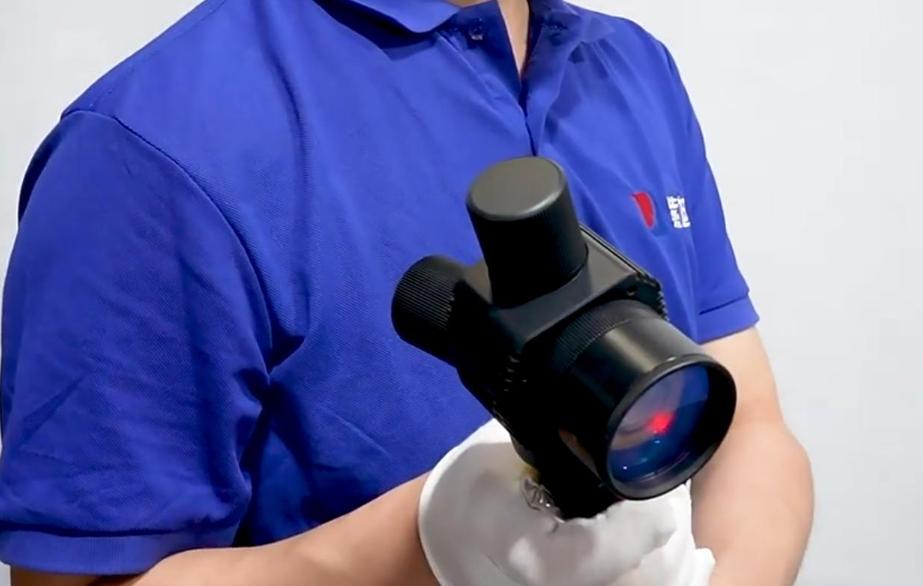
Zixu offers a range of high-quality laser cleaners, including continuous-wave (CW) models for industrial applications and more versatile pulsed laser cleaners for finer cleaning. Both utilize high-energy laser beams to effectively remove rust, paint, coatings, oils, inks, and other contaminants from various metallic and non-metallic surfaces. These laser cleaning methods eliminate the need for mechanical abrasion, detergents, or harmful emissions.
Recommended Products

